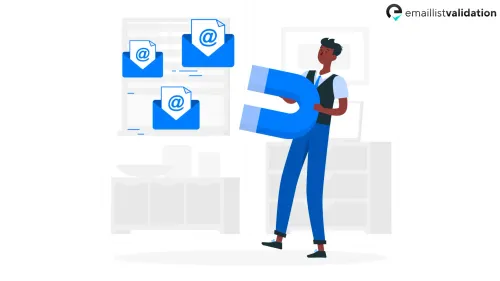Email validation is a critical aspect of web development, ensuring that user data is accurate, valid, and secure. Regex, short for regular expressions, is a powerful tool that developers use to achieve this goal. In this comprehensive guide, I will delve into the intricate world of email validation using regex. As an expert in web development and regex, I'll provide you with the knowledge and techniques needed to implement robust email validation effectively.
Chapter 1: The Importance of Email Validation
Before we dive into the technical details, let's understand why email validation is crucial. We'll explore how accurate data impacts businesses, user experience, and data security.
Chapter 2: Email Validation Basics
Email validation starts with understanding the structure of a valid email address. We'll delve into the basics, covering common pitfalls, and why regex is the tool of choice for this task.
Chapter 3: Crafting the Perfect Email Validation Regex
Creating a regex pattern for email validation is an art. We'll break down each component of the regex and explain its purpose, ensuring that you understand how it works. Practical examples and real-world scenarios will illustrate the process.
Chapter 4: Implementing Email Validation in JavaScript
JavaScript is one of the most common programming languages for web development. We'll explore how to implement email validation using regex in JavaScript, complete with code samples and integration instructions.
Chapter 5: Handling Edge Cases
Email validation can be complex, with numerous edge cases to consider. We'll address scenarios where standard validation rules may not suffice, ensuring comprehensive email validation.
Chapter 6: Real-Time Email Verification
Real-time email verification adds an extra layer of validation by checking if the email address actually exists. We'll explore APIs and services that provide real-time email verification, enhancing data quality.
Chapter 7: Error Handling and User Experience
User experience is paramount when it comes to email validation. We'll discuss error handling strategies, providing users with clear feedback when their input doesn't pass validation. This chapter also covers localization and customization of error messages.
Chapter 8: Frequently Asked Questions
Q1: What is the most accurate regex pattern for email validation?
We'll discuss the concept of accuracy in regex patterns and how to choose or customize the right pattern for your specific use case.
Q2: Can I use the same email validation regex in different programming languages?
Regex patterns are transferable to various programming languages, and we'll explain how to adapt them.
Q3: Are there any performance considerations when using regex for email validation?
Performance optimization techniques for email validation using regex will be explored.
Q4: How do I prevent malicious input in addition to email validation?
We'll briefly touch on input sanitization and security measures to complement email validation.
Q5: What are the most common mistakes to avoid when implementing email validation with regex?
We'll highlight common pitfalls and mistakes to watch out for during implementation.
Conclusion
Email validation with regex is a fundamental skill for web developers, ensuring data accuracy and user satisfaction. With the expert insights, practical guidance, and precise validation techniques provided in this comprehensive guide, you'll be well-equipped to implement robust email validation in your web development projects. Say goodbye to inaccurate data and hello to data integrity and user satisfaction.



